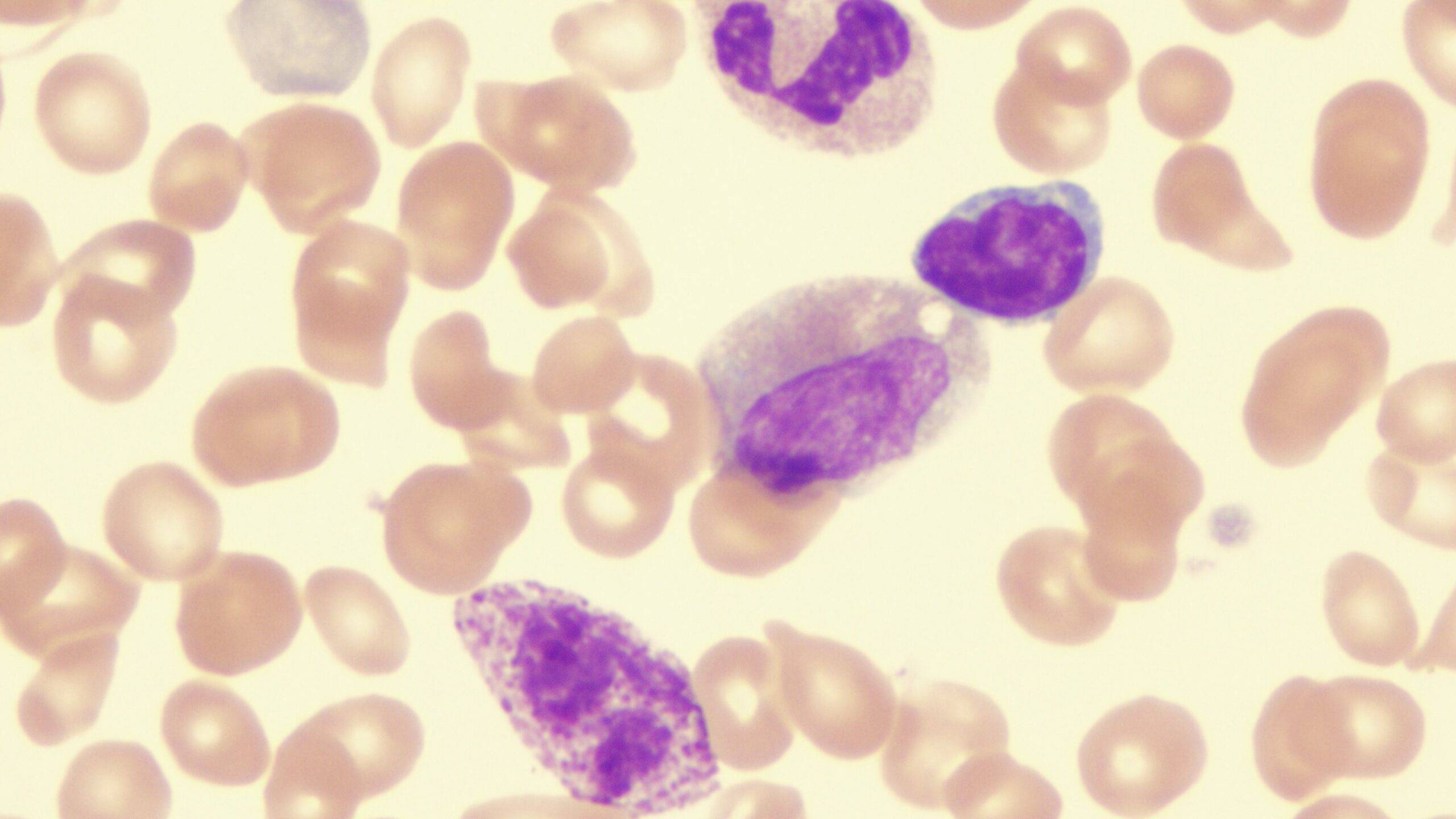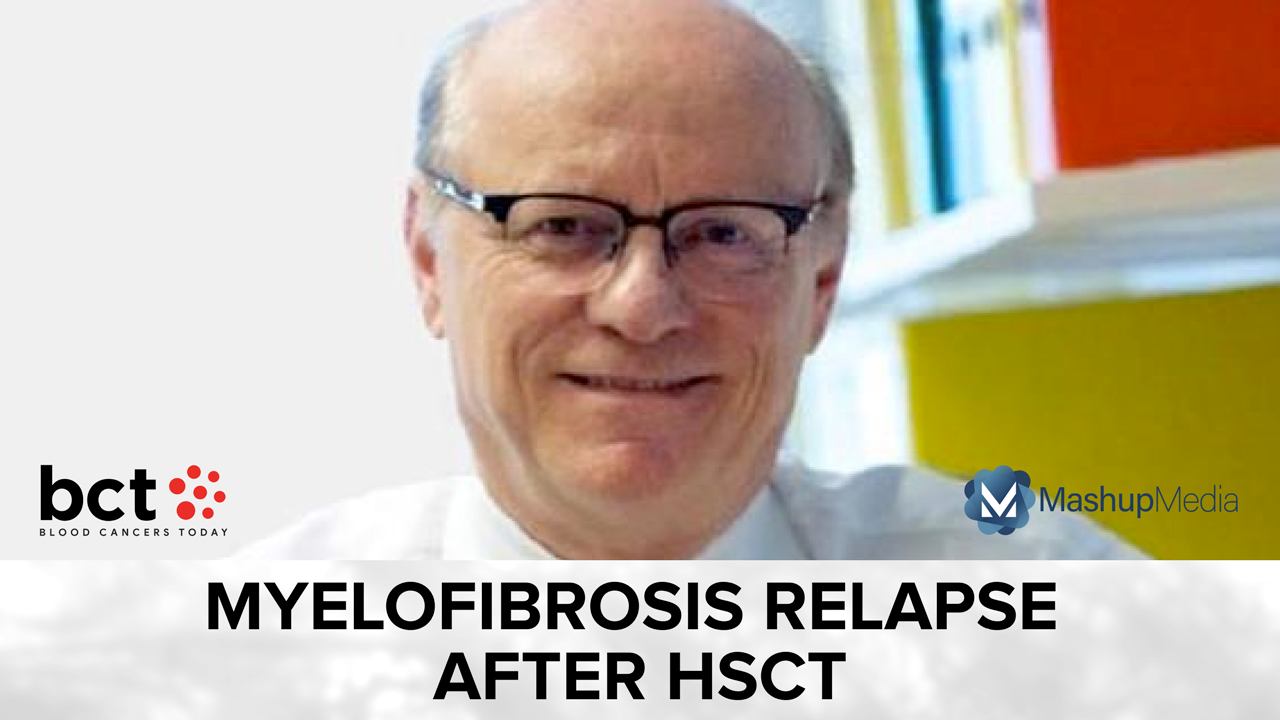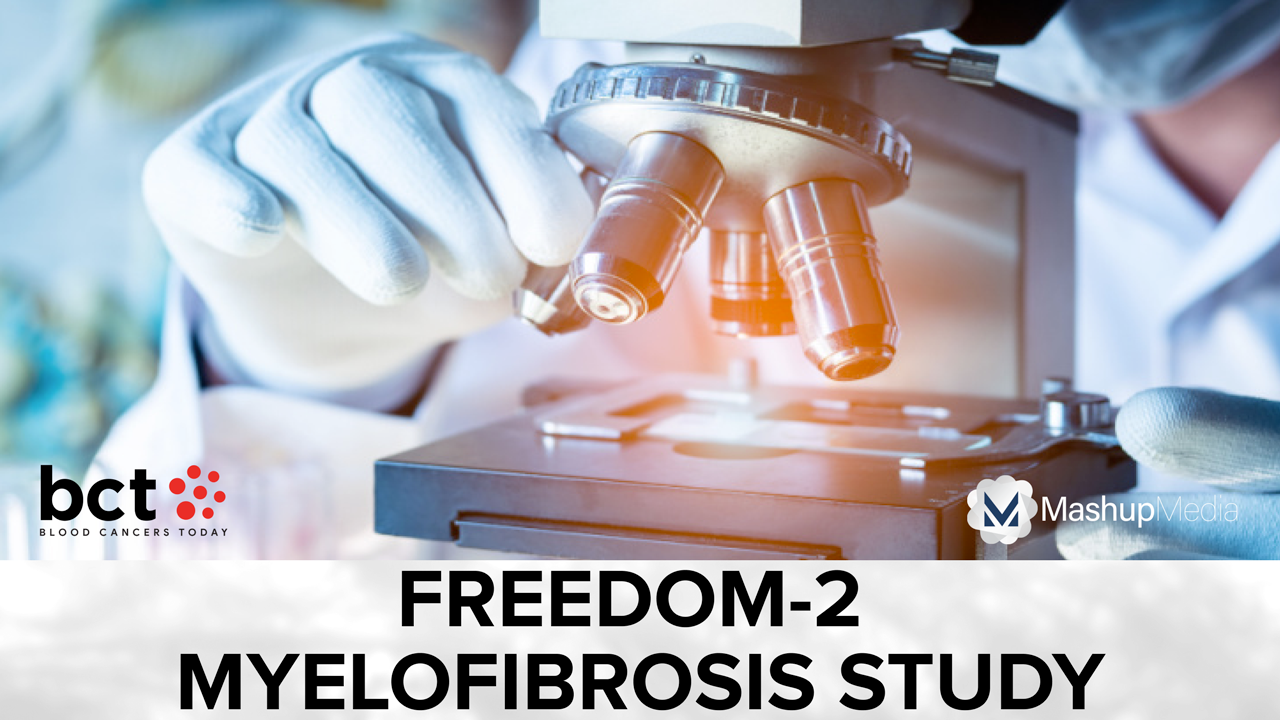Myelofibrosis
The latest news, research, and perspectives in myelofibrosis (MF). A primary subtype of myeloproliferative neoplasms (MPNs), this rare blood cancer scars the bone marrow so that it cannot properly produce blood cells.
Advertisement
Prefibrotic myelofibrosis is the focus of “SOHO State of the Art Updates and Next Questions.”
Momelotinib achieved higher rates of transfusion independence compared with ruxolitinib.
Splenic irradiation before HSCT is associated with reduced spleen size and lower incidence of relapse in patients with MF.
Sotatercept monotherapy, and combined with ruxolitinib, is a safe and effective treatment for patients with PMF and anemia.
The primary endpoint was overall best response after blast-reduction therapy.
Momelotinib and ruxolitinib improved bone marrow fibrosis, but changes were not associated with improved outcomes in MF.
Advertisement
Nicolaus Kröger, MD, discusses a study on GVHD and its impact on relapse in patients with myelofibrosis undergoing HSCT.
Myelofibrosis, a rare blood cancer, affects four to six per 100,000 individuals in the United States.
An international working group collaborating with the EBMT and ELN updated the 2015 guidelines for HSCT in myelofibrosis.
Ruxolitinib plus pelabresib was well tolerated and improved spleen and symptom burden in patients with myelofibrosis.
Parsaclisib plus ruxolitinib can improve symptoms and spleen volume in certain patients with myelofibrosis.
FREEDOM2 is a phase III study comparing fedratinib with best available therapy as a second-line treatment for myelofibrosis.
“Among the high-risk splicing mutations, SRSF2 has the worst prognostic role,” Dr. Braish and colleagues wrote.
The REVEAL study identified five risk factors, including leukocytosis, duration of time with PV, and more.
The treatment led to reduced hepcidin levels when used alone or in combination with ruxolitinib.
Venugopal highlights myelofibrosis research at ASH 2023.
Dr. Al-Ali covers data on combined BET and JAK inhibition for patients with myelofibrosis presented at the 2023 ASH Meeting.
SRSF2 and SF3B1 were the most common splicing mutations, followed by U2AF1 and ZRSR2.
CALR and MPL mutations, which are associated with better outcomes, showed earlier mutation clearance than JAK2.
Mass spectrometry–based proteomics were used to learn more about how MKs drive bone marrow fibrosis.


























